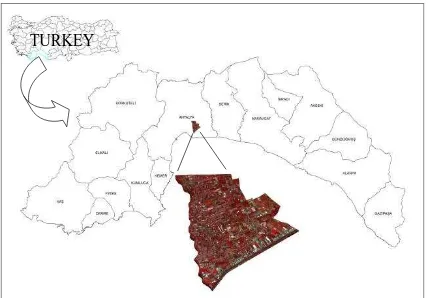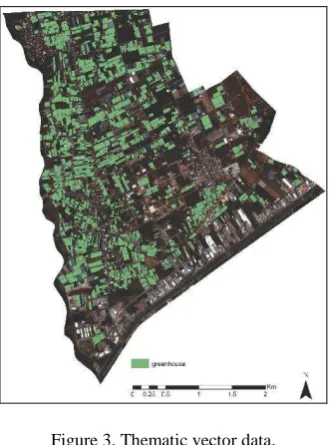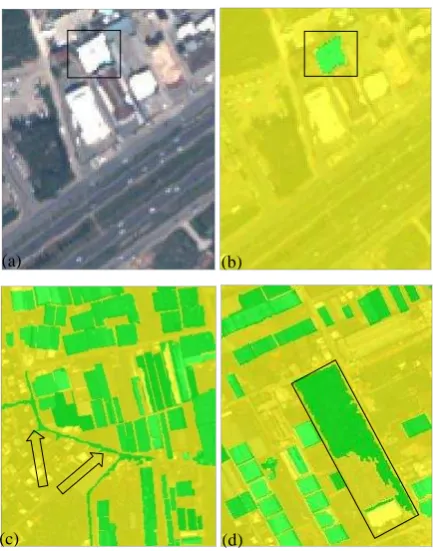isprs archives XLI B7 183 2016
Teks penuh
Gambar



Dokumen terkait
For the integrated analysis of the NDVI difference image and the composite of PC3, PC4, PC5 from time series Goafen-2 high spatial resolution satellite images, we choose the
Geographic Object – Based Image Analysis (GEOBIA) has been consolidated as a methodology for urban land use and cover monitoring; however, classification of
Raw satellite images are projected in a ground geometry using a coarse DSM (e.g. SRTM, ASTER GDEM) or other freely avail- able DSMs for the area of interest; this is done using the
The combination of spectral reflectance values of image bands, image texture, and NDVI from WorldView-2 imagery, combined with an object-based classification approach, resulted
Due to the existence of multiple scale effect in satellite images, it is often not possible to solely determine one optimal scale for the image to be classified because in many
In this paper, parallel implementation of an EMP based spectral- spatial classification method for hyperspectral imagery is presented.. The parallel implementation is done both
Therefore, the objectives of this study is to analyze the spectral properties of the land cover in the shadow areas by ADS-40 high radiometric resolution aerial images, and
This work proposed a method to estimate temporal interaction in a Conditional Random Field (CRF) based framework for crop recognition from multitemporal remote